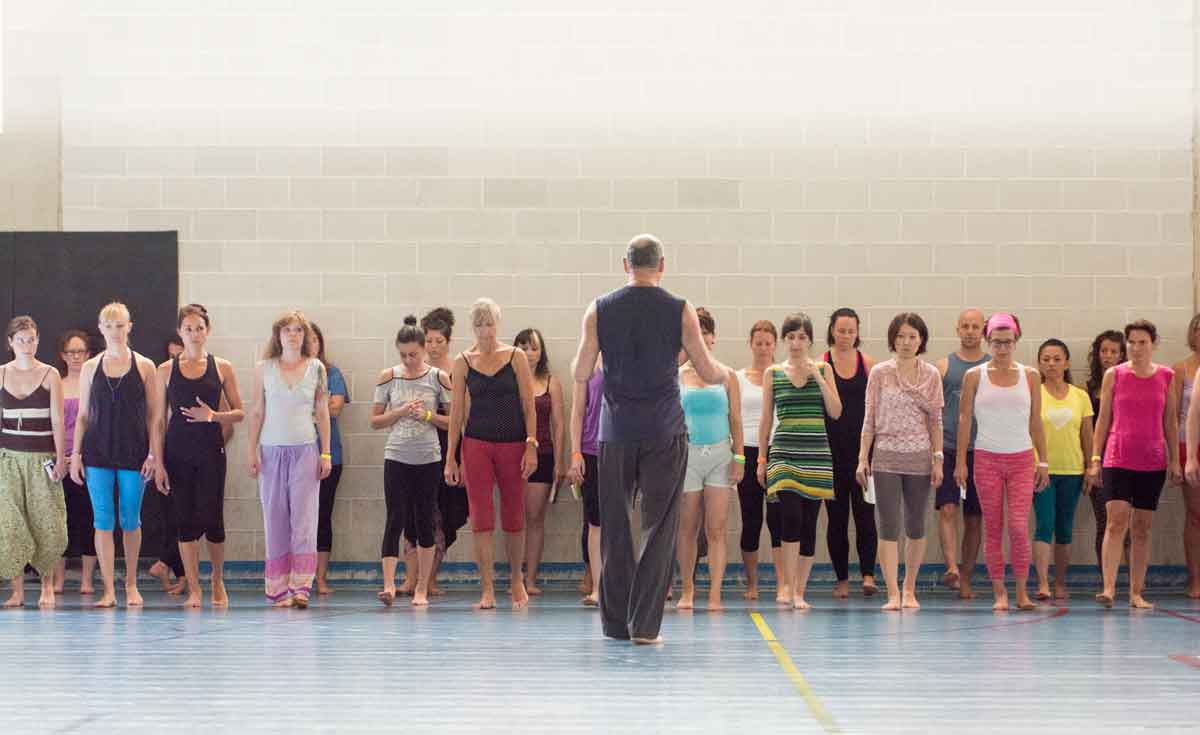Excitement is growing here at The Breathing Project for our upcoming symposium Breath Education: Art, Science & Soul on the weekend of October 24-25. We anticipate a sell-out, so sign up soon if you want to attend!
For our third installment of breath myth-busting, we hear from presenters Lynn Martin and Jessica Wolf – two of the country’s most experienced breath educators – who weigh in on the subject of breath-holding.
MYTH: “habitual breath-holding is harmless.”


There is nothing positive to be said about habitual breath-holding. It is often an involuntary response to a moment of anxiety or stress. Many of us hold our breaths when we are trying to think of the best verbal response to a challenge, or the correct answer to a question that has been posed. But there is no perceivable benefit to doing that. If one needs a pause to think before speaking, it would be more productive to continue the flow of air into and out of the lungs while pondering the situation, thereby increasing the possibility of oxygen renewal to the brain.
Breath-holding interrupts the synergy and organization of the neuro-musculo-skeletal coordination that keeps the breathing process moving freely and fluidly. Breath-holding brings the diaphragm and all of the respiratory muscles to a sudden halt. It builds up unnecessary pressure in the thorax and in the throat, also interfering with the potential oscillation of the vocal folds as they prepare for the next spoken utterance.
Our teacher, Carl Stough, coached competing swimmers not to hold the breath while swimming under water. He suggested that the swimmer should first inhale and then extend the exhalation phase for the duration of time that the head is submerged, surface for the next inhalation, then exhale again under water, thus keeping the continuity of breathing movement.

 Created specifically for one-on-one yoga and movement education. There's no risk since the first month is free, and you can cancel at any time!
Created specifically for one-on-one yoga and movement education. There's no risk since the first month is free, and you can cancel at any time!